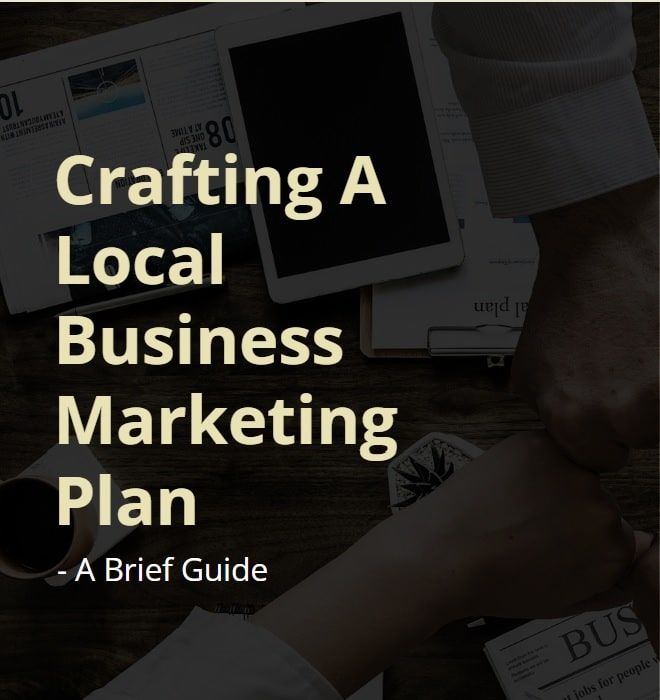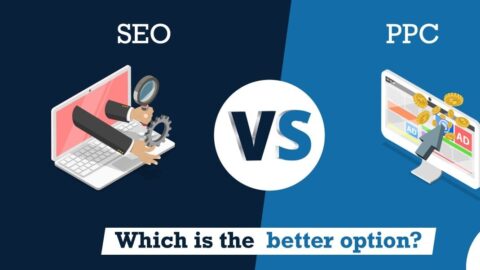Crafting A Local Business Marketing Plan – A Brief Guide
Every success-oriented local business must have a well-thought-out marketing plan outlining its course of action. This is especially necessary if you are willing to increase brand awareness and grow sales in your area of business.
Table of Contents
While a well-structured marketing plan can help you reach potential customers who are nearby and ensure your resources are used efficiently, creating one can be a real challenge. But worry not, as this brief guide highlights several steps on how to craft a local business marketing plan.
But What is a Local Business Marketing Plan?
A local business marketing plan is a powerful tool designed to help businesses thrive within their communities. It is a strategic roadmap that outlines the tactics and channels to reach, engage, and convert potential customers in your target area.
While you can craft a local business marketing plan yourself, it would be best to let a reputable agency familiar with your local market handle your marketing. For instance, if you are in the HVAC industry, the experts at HVAC Engine would be your best pick.
6 Ways to Craft a Local Business Marketing Plan
Set Clear Goals
Setting clear goals is paramount when crafting a local business marketing plan. You must define your objectives, such as increasing foot traffic or expanding brand awareness in the community.
Next, establish specific, measurable targets that align with these objectives – for example, attracting 20% more customers per month or achieving a certain revenue growth rate. More importantly, don’t forget to assign deadlines to each goal and monitor progress regularly to ensure you stay on track.
Setting clear, time-bound goals will help you create a focused strategy that drives desired results and helps your business thrive.
Research Your Target Audience
Researching your target audience is a vital step in crafting a local business marketing plan. An excellent place to start is by identifying your ideal customer’s demographics, such as age, gender, income level, and location. You must also understand their needs, preferences, and pain points by conducting surveys or interviewing existing clients.
With a clear understanding of your target audience’s characteristics and desires, tailoring your marketing efforts to resonate with them effectively becomes much easier. And as a result, you experience increased engagement and success.
Assess the Competition
Assessing the competition is key when crafting a local business marketing plan. It helps you determine what attracts customers to their businesses and identify gaps that you can fill.
The best place to start is by identifying competitors within your target area and then analyzing their strengths, weaknesses, and unique selling points. Additionally, look at their marketing strategies, such as online presence and advertising channels used. You may also examine their customer reviews to understand what aspects of their offerings are well-received or need improvement.
Once you uncover potential opportunities for differentiation, you can develop competitive advantages and tailor your marketing efforts to outshine the competition and attract more customers.
Select the Right Marketing Channels
Selecting the right marketing channels is crucial when crafting a local business marketing plan. However, you must consider your audience’s preferences and habits for you to pick the most effective channels.
For example, if your target audience is primarily on social media, focus on platforms like Facebook or Instagram for advertising. Conversely, if they respond better to traditional methods, invest in print ads or direct mail campaigns. Additionally, explore location-based marketing options such as Google My Business and local SEO to enhance visibility in your area.
Choosing the appropriate marketing channels that align with your audience’s behavior can help you maximize engagement and drive desired results.
Create Compelling Content Tailored to Each Platform
Besides picking the right platform, you will want to create compelling content tailored to each platform.
For example, social media content should utilize eye-catching visuals, shareable posts, and interactive elements such as polls or quizzes. On the other hand, email marketing should include personalized messages with clear calls to action that drive engagement. You must also optimize website content for local SEO by including location-specific keywords and information about your community involvement.
Regardless of the platform you choose, focus on producing engaging, relevant, and valuable content that resonates with your target audience’s interests and needs. That way, it will become much easier to effectively capture your audience’s attention and maximize the impact of your marketing efforts.
Monitor the Success of Each Campaign
Finally, you will want to set measurable KPIs aligned with your goals, such as website traffic, lead generation, or revenue growth. Measuring the success of your campaigns helps you assess satisfaction levels and identify areas for optimization.
Luckily, tools like Google Analytics or social media insights can help you track and evaluate these metrics regularly. That way, it becomes much easier to make data-driven decisions and refine your marketing strategies to maximize their effectiveness and achieve desired outcomes.

15 years’ experience as a professional project management and strategy consultant. Director at Northwest Training and Education Co. which provides agile and scrum training service.










